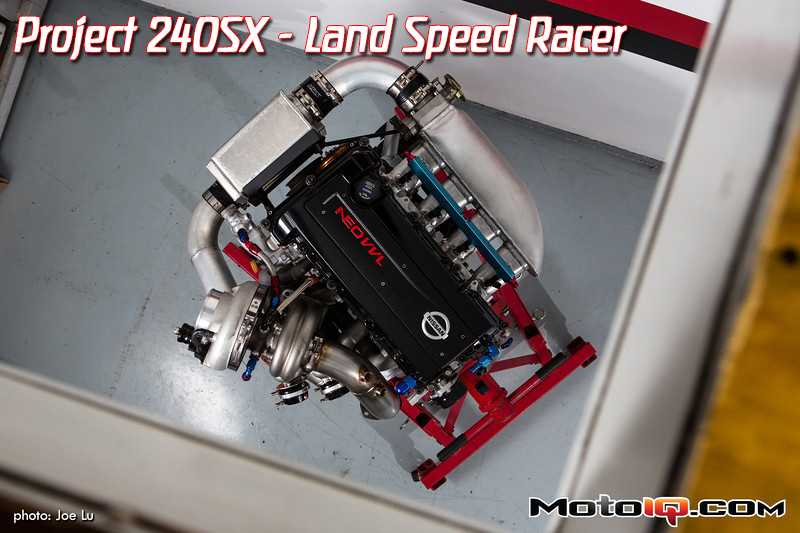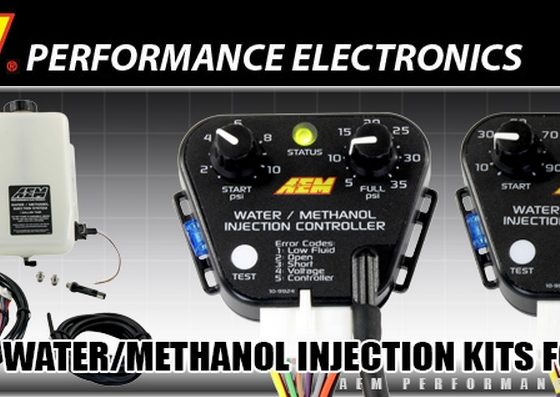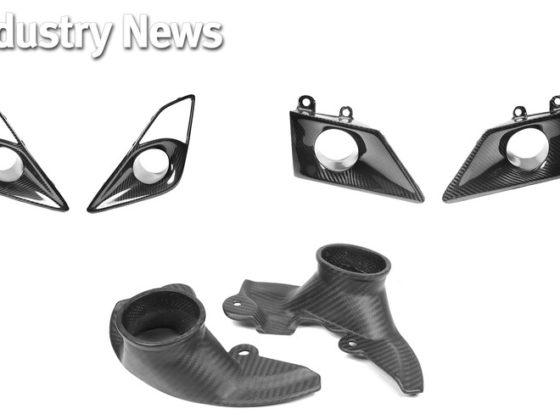,

The second option is to drill a hole and weld a bung directly onto the VVL solenoid. This is what we chose to do with the first head. Our second head had both options to give us room to play down the road if we needed to.

If you really want a bolt on solution though, check out Mazworx’s VVL conversion kit. It’s not cheap, but the build quality is good and it makes life a lot easier for the novice wrench.

With the head work complete, Nick Hunter began to focus on the installation of the valves, retainers, and springs. Unlike the SR16VE and first generation SR20VE, the 20V variant uses single valve springs. In this case, more is not necessarily better. The 20V spring is made from a multiple arc (MA) wire which is “ovate” in cross section. This buries spring stress risers further inside of the spring while effectively increasing spring tension. To further reduce the likelihood of stress risers, Nissan also paid special attention to the surface finish of the spring. According to some industry experts, it’s one of the best OEM springs they have seen to date.

While mere mortals would spend hours installing the valve spring retainers, an immortal zombie vampire has a bag of toys to make this stuff look easy. Nick affectionately refers to this one as the “great valve dildo” tool. Whatever it’s really called, it makes installing 16 valve, spring, and retainer assemblies into a painless, 15 minute job. Damn, it’s good to be a gangster zombie vampire.

The next step on the list was installing the rocker arm assembly. Note the larger third journal located in between the two outside journals. What is this voodoo magic? It must be V-TEC, yo. Nope, it’s one of the key elements behind Nissan’s VVL (variable valve lift) system. So how does Nissan’s VVL system actually work?



